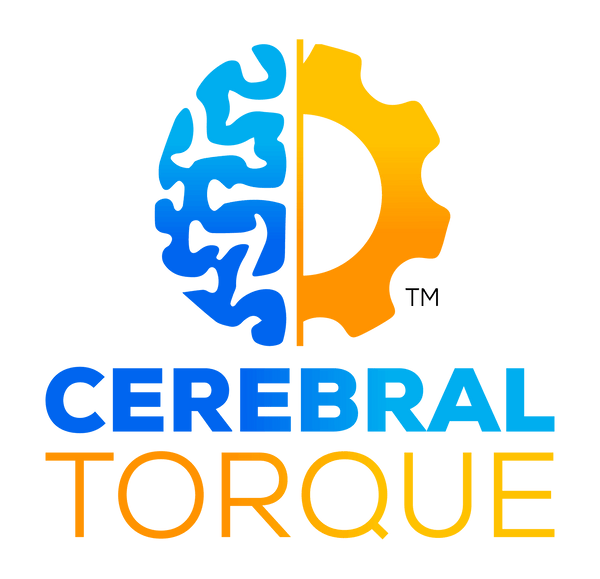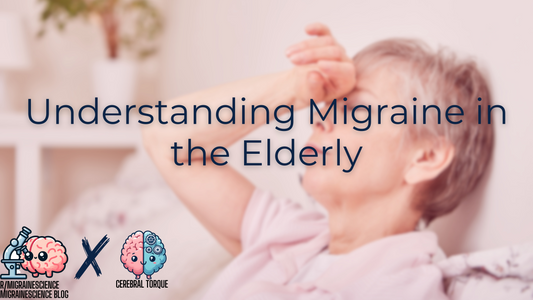New Research Investigates Physical Therapy for Chronic Migraine: Is it actually effective?
Cerebral TorqueShare
First-line treatment for chronic migraine patients involves pharmacological management because they are effective and well-studied. However, physical therapy is often used in migraine patients as adjunct treatment, but does it work, is it placebo, or is it getting credit for what the medications are doing?
A new systematic review and meta-analysis published in the Journal of Integrative Neuroscience analyzed whether physical therapy and rehabilitation treatments could be effective in treating patients with chronic migraine.
The review identified 7 appropriate randomized controlled trials. The studies tested various interventions: Aerobic exercise (AE), osteopathic manipulative treatment (OMT), occipital transcutaneous electrical stimulation (OTES), acupressure, hydrotherapy, instrument-assisted soft tissue mobilization (IASTM), facial proprioceptive neuromuscular facilitation (FPNF), and connective tissue massage (CTM).
Let’s talk results:
- Study compared AE + amitriptyline vs amitriptyline alone. AE + medication reduced headache frequency, duration, intensity vs medication alone.
- Study compared OMT + medication vs sham manipulation + medication vs medication alone. OMT + medication improved quality of life, reduced disability, pain, monthly migraine days vs medication alone or sham OMT + medication.
- Hydrotherapy + medication improved headache intensity, frequency, quality of life vs medication alone.
- IASTM and OTES reduced headache intensity and neck pain, improved quality of life vs no intervention.
- FPNF and CTM reduced headache intensity, no difference between techniques.
- Acupressure + sodium valproate showed no additional benefits vs sodium valproate alone.
- Meta-analysis showed that manual therapy + medication significantly reduced headache intensity (p=0.0796) and headache days/month (p=0.047) vs medication alone.
While the evidence is limited, it does show that medication combined with physical therapy and rehabilitation, especially manual therapy (according to the data from the meta-analysis of 5 trials), may be more effective than medication alone.
When combined with medications, these physical therapy modalities reduced chronic migraine headache frequency, severity, and duration compared to medication alone. They also improved disability and quality of life for chronic migraine patients.
So while physical therapy and rehabilitation techniques appear advantageous as complementary treatments for chronic migraine, larger (and more thorough) studies are still necessary.
This does emphasize a need for a multi-disciplinary approach to chronic migraine as it may optimize effectiveness.
Ask your neurologist for a possible referral as they likely know the physical therapists that are migraine-focused.

